The semiconductor industry demands precision, innovation, and relentless efficiency. As chip manufacturing evolves, the materials…
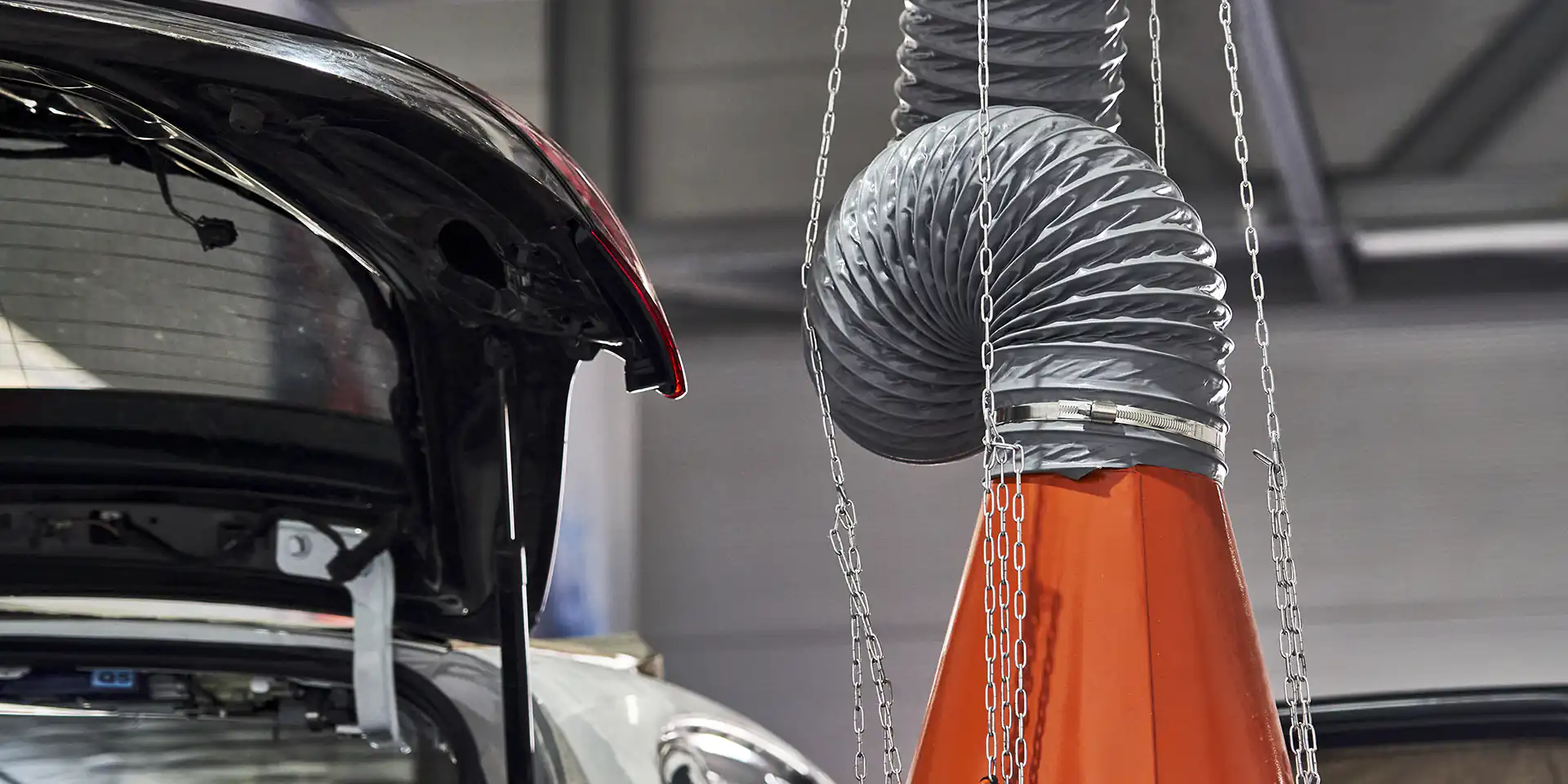
Hot Air Flexible Ducting: Applications and Materials
Hot air ventilation is vital in industries that need to maintain a constant temperature during operation. Flexible ducting is necessary for sucking out warm exhaust gas accumulated in the work area that may pose health risks to workers or damage to machinery.
Industries need different types of ductwork that will fit their system. While the purpose of every ducting material is the same, which is material transfer, each one has a temperature limit, durability, resistance, and composition that make them better suited over other types of ducts.
Materials Commonly Used For Flexible Ducts
The exact temperature resistance and range, as well as the flexibility of the component, highly depend on the quality of materials used to make the ductwork.
-
PVC
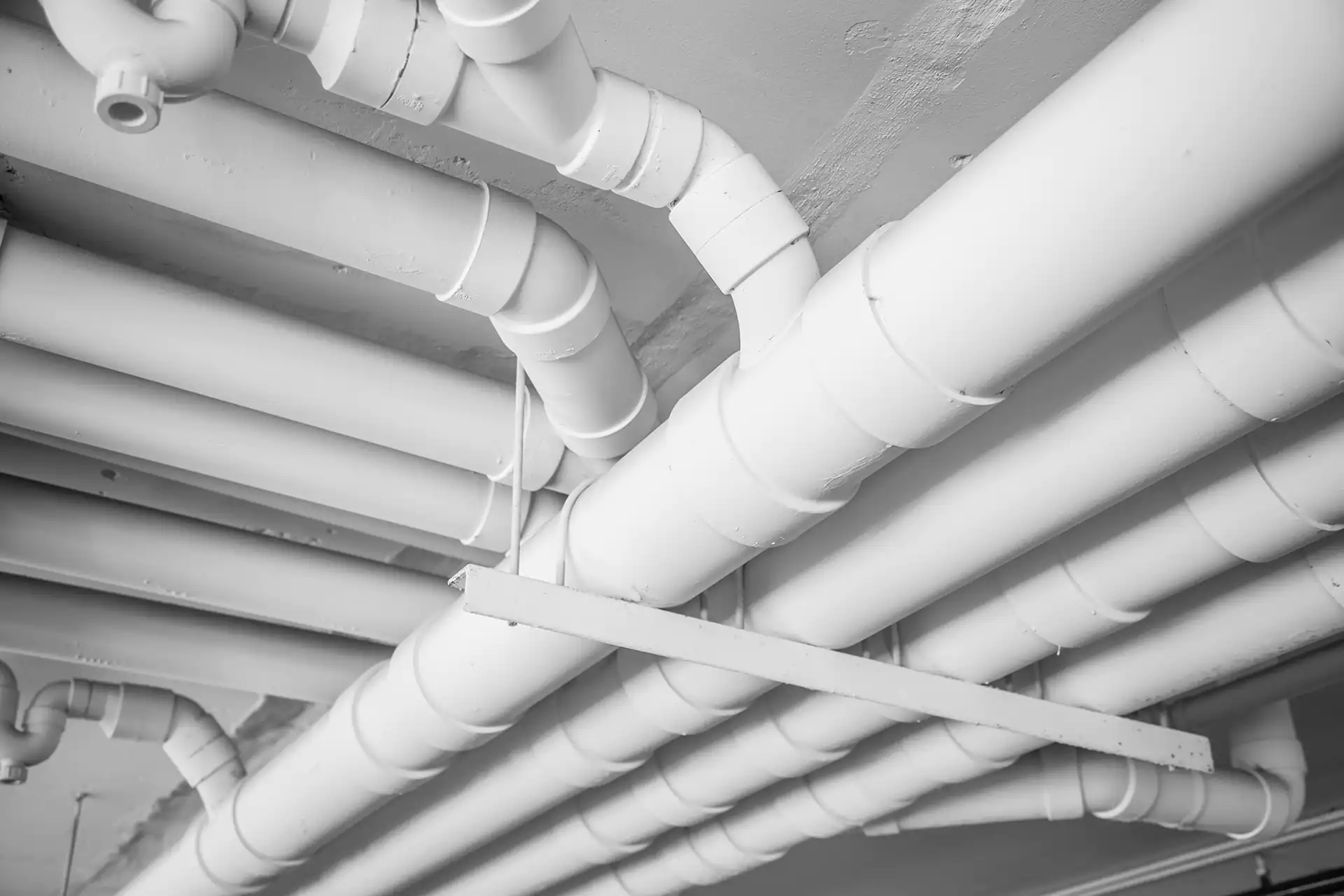 Fig. 1. PVC can be used for residential ventilation systemPVC is the ideal ductwork for commercial grade heat applications and dust collection. They have a max temperature limit of 75°C or 180°F. PVCs are popular materials because they’re more affordable compared to other hose products made from different materials. They’re also very flexible, making them versatile and suitable for the most demanding applications. Another thing that makes it a viable solution for commercial use is its strong resistance to chemicals and oils.
Fig. 1. PVC can be used for residential ventilation systemPVC is the ideal ductwork for commercial grade heat applications and dust collection. They have a max temperature limit of 75°C or 180°F. PVCs are popular materials because they’re more affordable compared to other hose products made from different materials. They’re also very flexible, making them versatile and suitable for the most demanding applications. Another thing that makes it a viable solution for commercial use is its strong resistance to chemicals and oils. -
Thermoplastic rubber
This type of flexible duct features a rubber made from plastics. The hoses made from thermoplastic rubber can often be seen in hood ranges and street sweeper machines. Compared to PVC flexible ducts, the temperature thermoplastic rubber can handle can reach up to 120°C or 275°F. The long-term flexibility of this material is lesser compared to PVCs, but its durability against abrasions is higher.
-
Silicone
Ductwork made of silicone is considered high-end and the most versatile among other flexible ducting materials. Silicone possesses very low levels of thermal conductivity, toxicity, and chemical reactivity, making it applicable in a wide variety of applications. Exhaust gas with high temperatures, such as those coming from automotive exhaust systems, kiln ventilation, glass drying, and processing in the plastics industry can benefit from silicone’s properties. With a temperature capacity that can reach up to 360°C or 750°F, silicone is the choice material for industries that deal with high temperatures.
-
Aluminum
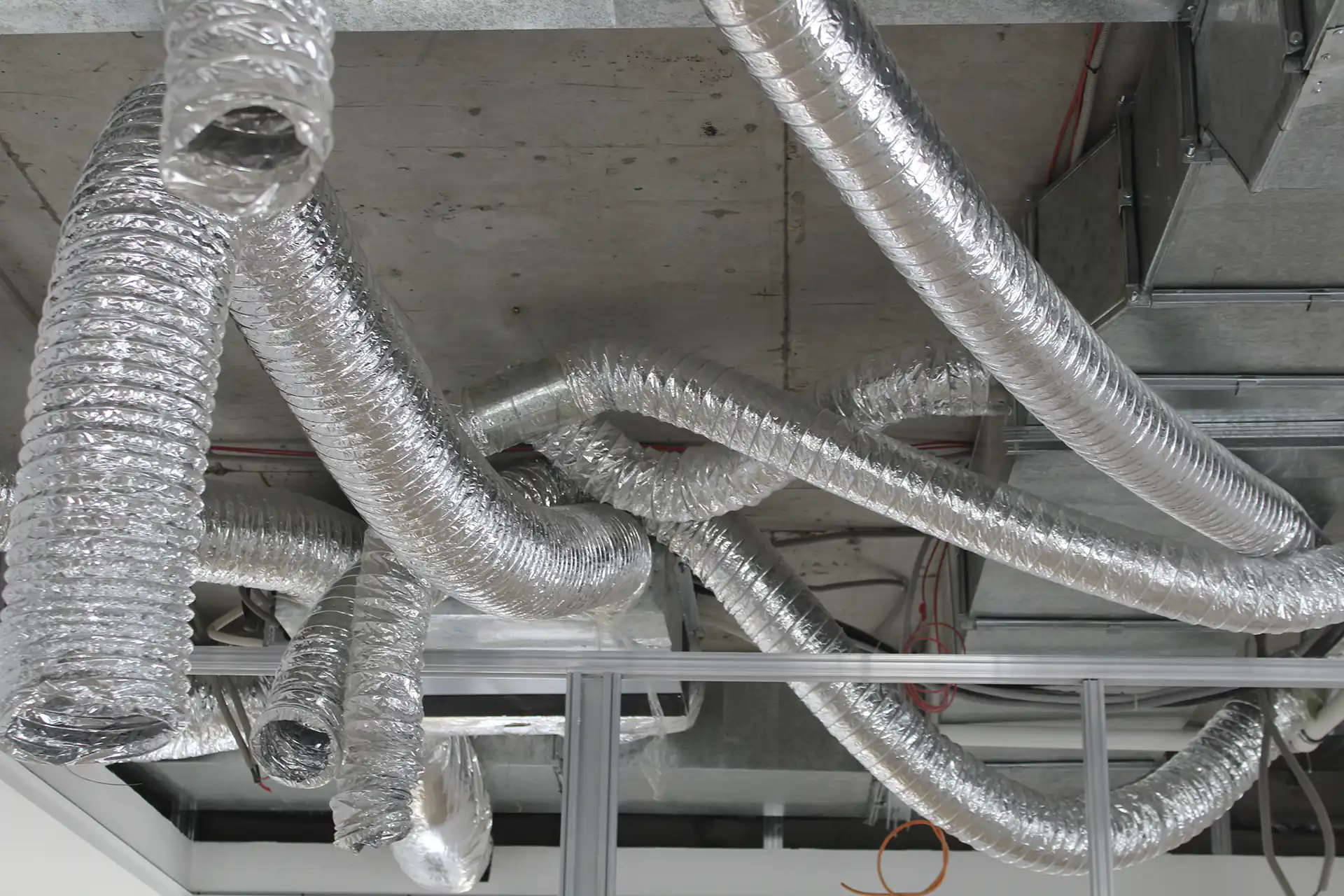
Fig. 2. Flexible duct made of aluminum during the installation by the workers Flexible ducting made of aluminum is prized for its durability and high level of temperature resistance. Aluminum is also lightweight, durable, and flexible which makes it suitable for light and medium applications like factory ventilation systems that produce exhaust gas reaching up to a temperature of 180°C or 400°F.
-
Fiberglass
For high-temperature air, fumes, and exhaust gas applications, flexible ducting made of fiberglass is one of the best options. It’s often used with an elastomeric compound like silicone or neoprene to coat the fiberglass body and make it more resistant to high temperatures.
-
Polyurethane (PU) fabric
Flexible duct made of polyurethane (PU) fabric is fully antistatic, microbe-resistant, and flame retardant, making it the ideal solution for industries that need heavy fume extraction and dust control. It is also lightweight and has excellent chemical resistance and is prized for being abrasion-resistant.
- Polyurethane (PU) fabric is very popular because of its superior flexibility that can be utilized in a variety of environments. It also has thinner gauged walls than ductwork made of vinyl or thermoplastic rubber.
-
Neoprene
Neoprene flexible ducts are specialty hoses highly recommended for air movement and air control in environments that require metal-free systems. Neoprene ductwork is reinforced with polyethylene to improve flexibility without compromising shape or rigidity. The material also has a high load-bearing capacity and high resistance to tears, abrasions, solvents, and oils.
- Since neoprene ducts are metal-free, they’re unaffected by magnetic fields. They also eliminate sparking, making them safe to use in highly flammable environments.
-
Stainless steel
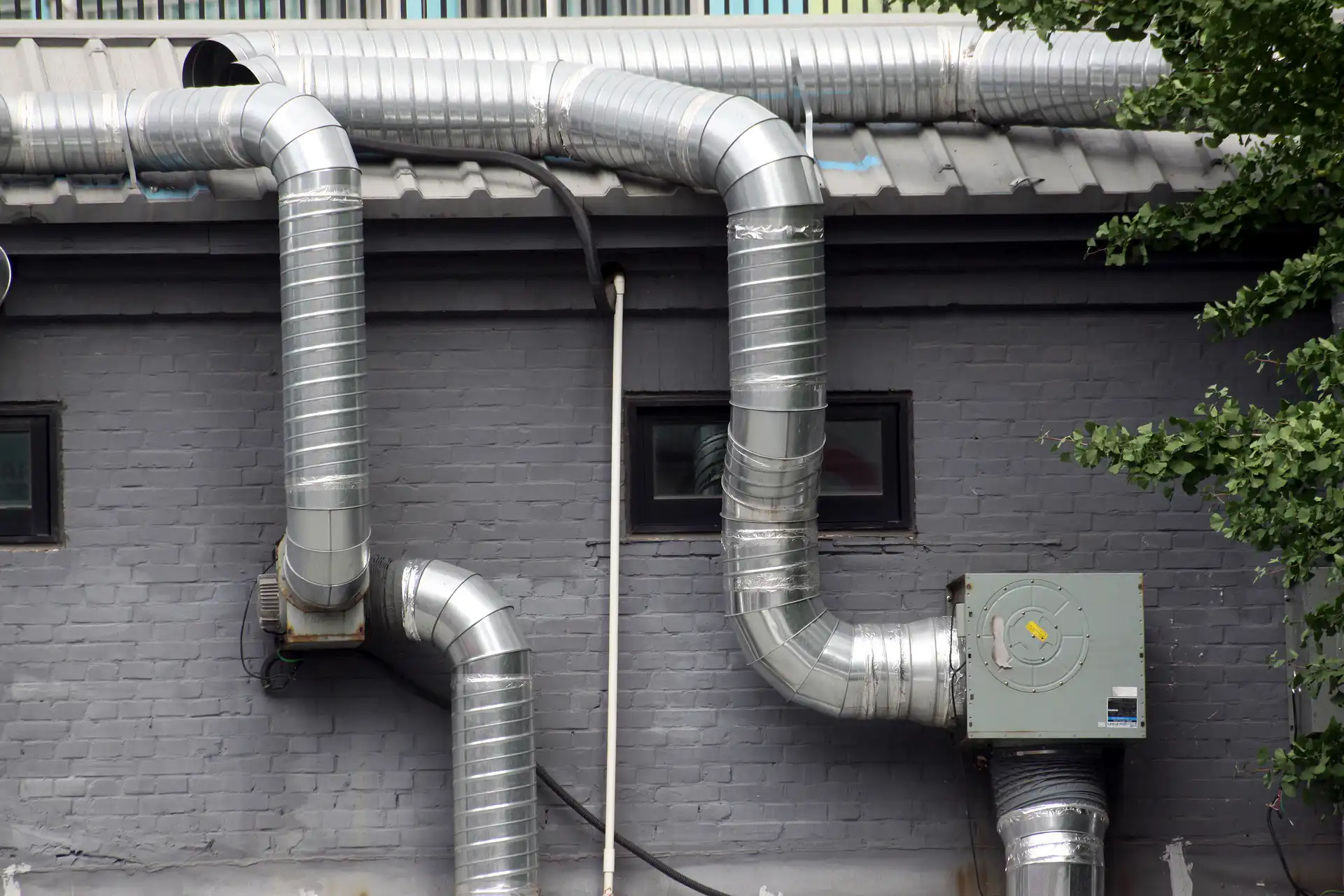
Fig. 3. Flexible duct made of stainless steel (Source: Pixabay) Stainless steel is another popular material for flexible ducting and is heavily used for extreme applications. It can survive rough abrasive environments and endure more physical damage compared to other ductwork. It’s the best choice for pneumatic conveying and demanding applications that require high abrasion resistance components.
It can handle extremely high temperatures of up to 371°C or 700°F. When combined with titanium alloy, its operating temperature range can reach up to 899°C or 1650°F.While the material is not extremely flexible, being weldable makes it easier to affix to existing systems without compromising strength and reliability.Sharp turns, lengthy runs, poorly fastened connections, haphazard sealing, the excessive number of ducts, and unsupported joints are some of the common issues professionals face during ductwork installation.
Make sure you’re using the appropriate ducting material and have it installed by experienced professionals who have a considerable background in affixing flexible ducts.
Why Use Flexible Ducts For Moving Hot Air?
-
Flexibility
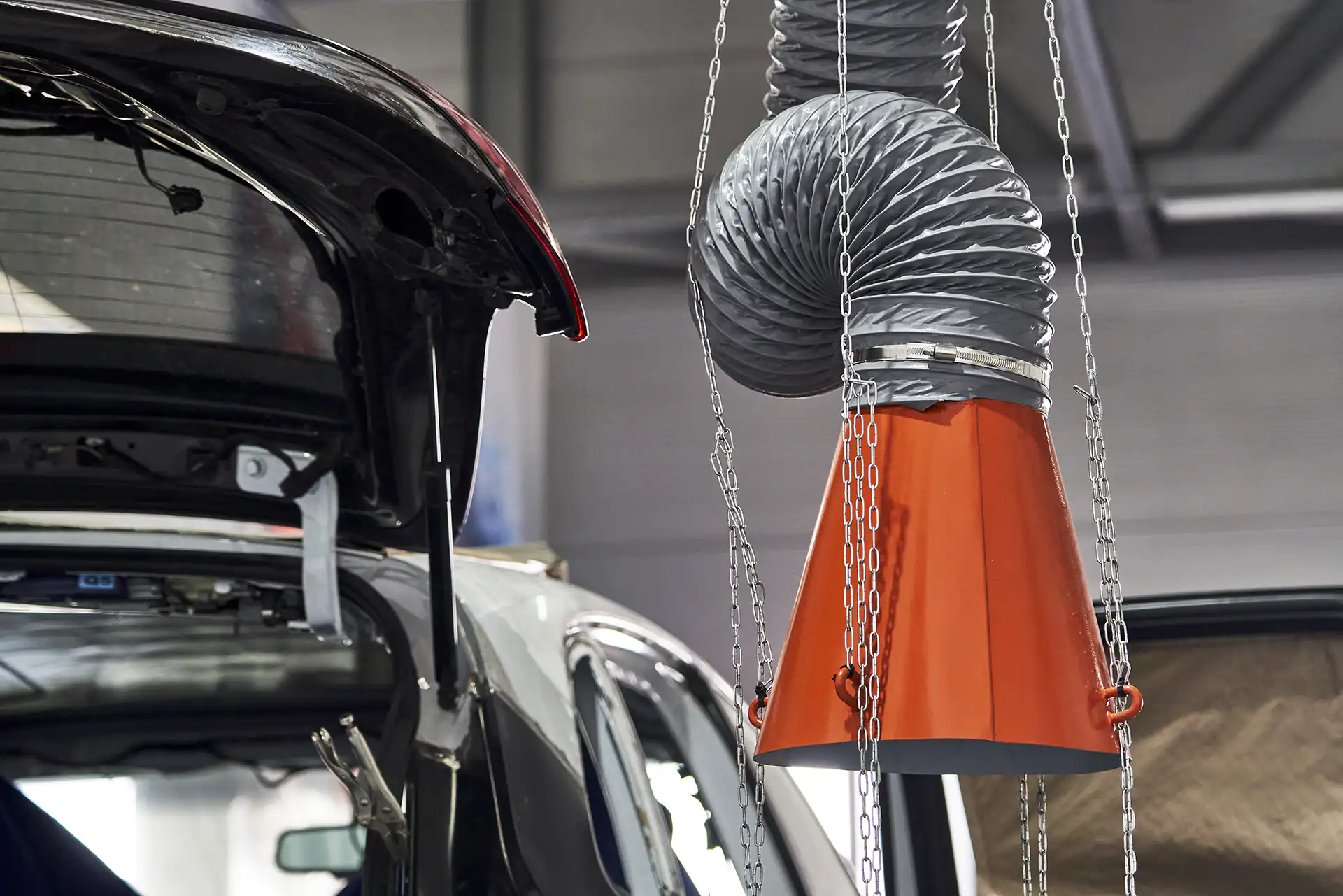
Fig. 4. Flexibility provides versatility in industrial and commercial applications Flexible ducting is composed of materials made to bend and fit compressed and enclosed spaces. Flexible ducts can transport exhaust gas and other materials with little resistance.The duct hoses can be bent in any direction without breaking for a more convenient installation. They’re easier, faster, and cheaper to install compared to rigid cooling systems made from stainless steel or aluminum.
-
Durability
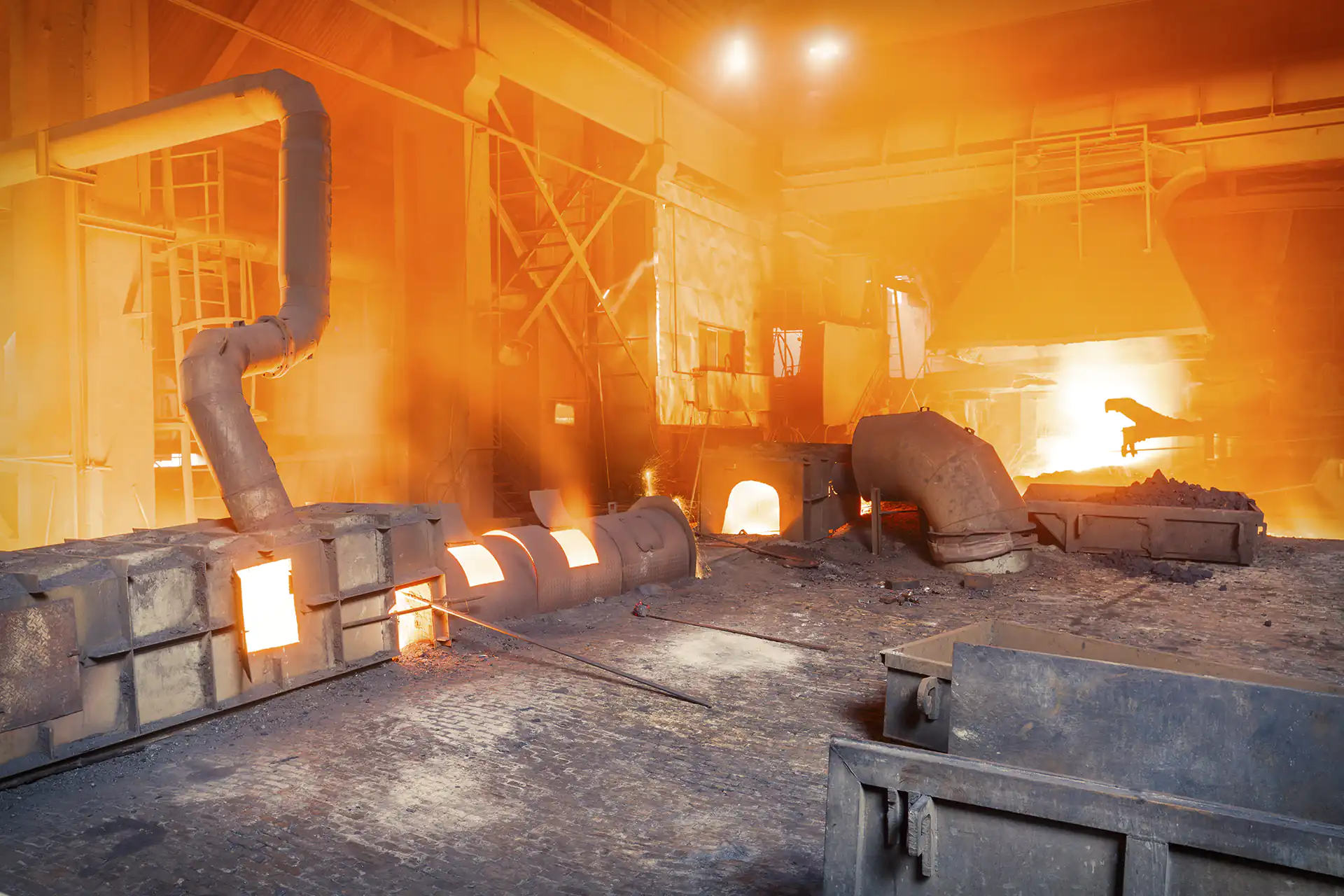
Fig. 5. Industrial furnaces used by steel mills require flexible ducts with high heat resistance Flexible ducts are made to last, especially in harsh environments where they’re subjected to high temperatures and toxic substances. They have high tensile strength, despite being highly flexible. High chemical resistance is also one of the strong points of a flexible ducting hose, especially when used in material handling and fume control applications. The average lifespan is 25 years for flexible ducts made of high-quality components.
-
Antistasis
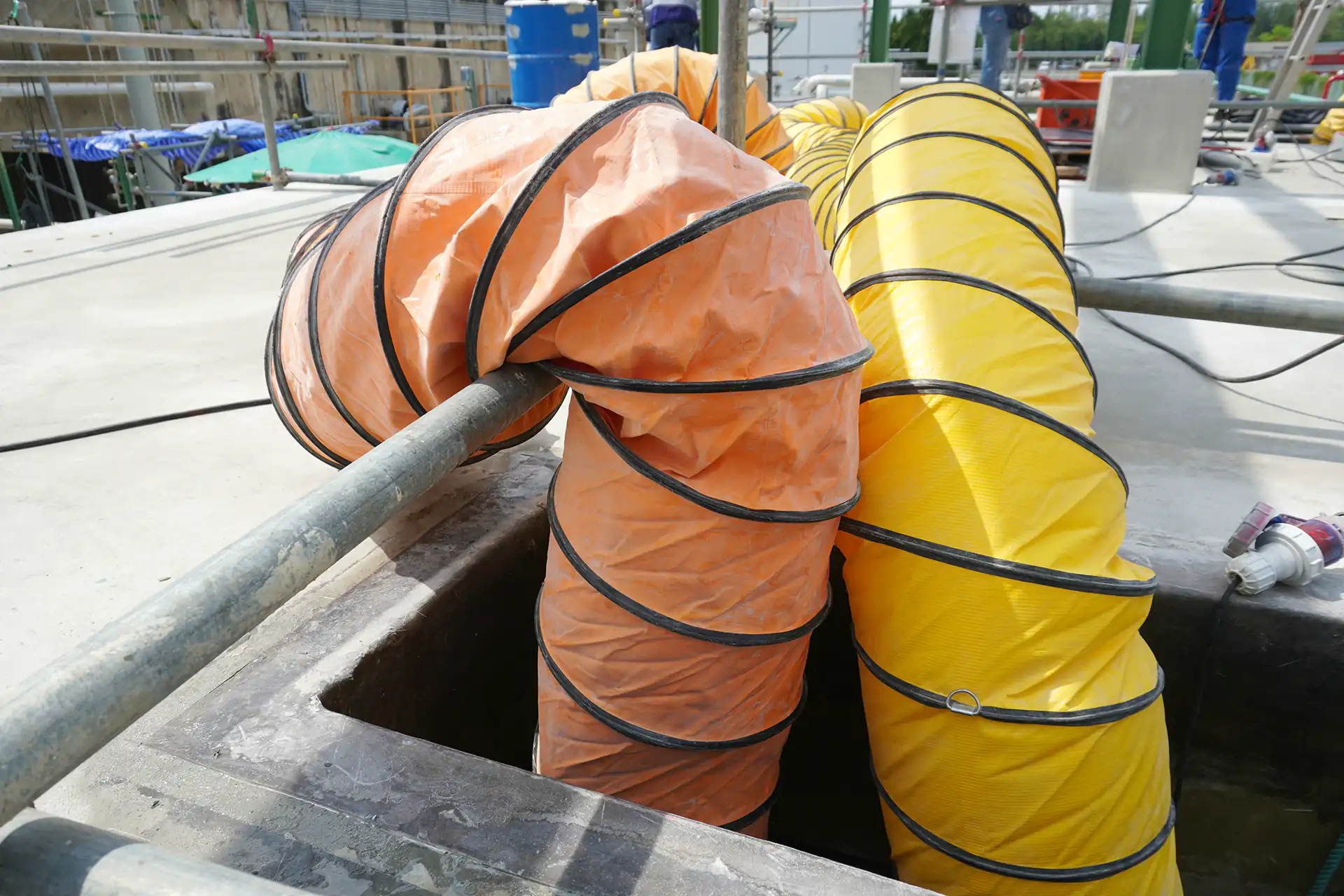
Fig. 6. Proper air circulation in confined spaces is necessary to ensure safe operations Moving toxic materials and fumes without worrying about leakage and risking people’s health is the main purpose of flexible ducting installations. Flammable gases, for instance, need a non-corrosive and safe hose for transferring substances to containers.
Where Is Flexible Ducting Used?
A heating duct is essential in creating an effective ventilation system. It’s instrumental in moving extremely hot exhaust gases from one location to another. Automotives, furnaces, and range hoods are some of the most common commercial and residential applications of flexible ducting.

Some materials are well-suited to certain applications than others, so it’s the primary factor to consider when choosing the appropriate type of ducting system to use.
-
Polyurethane (PU) fabric
Excellent for woodworking/processing which is heavy on dust collection and particle extraction.
-
Aluminum
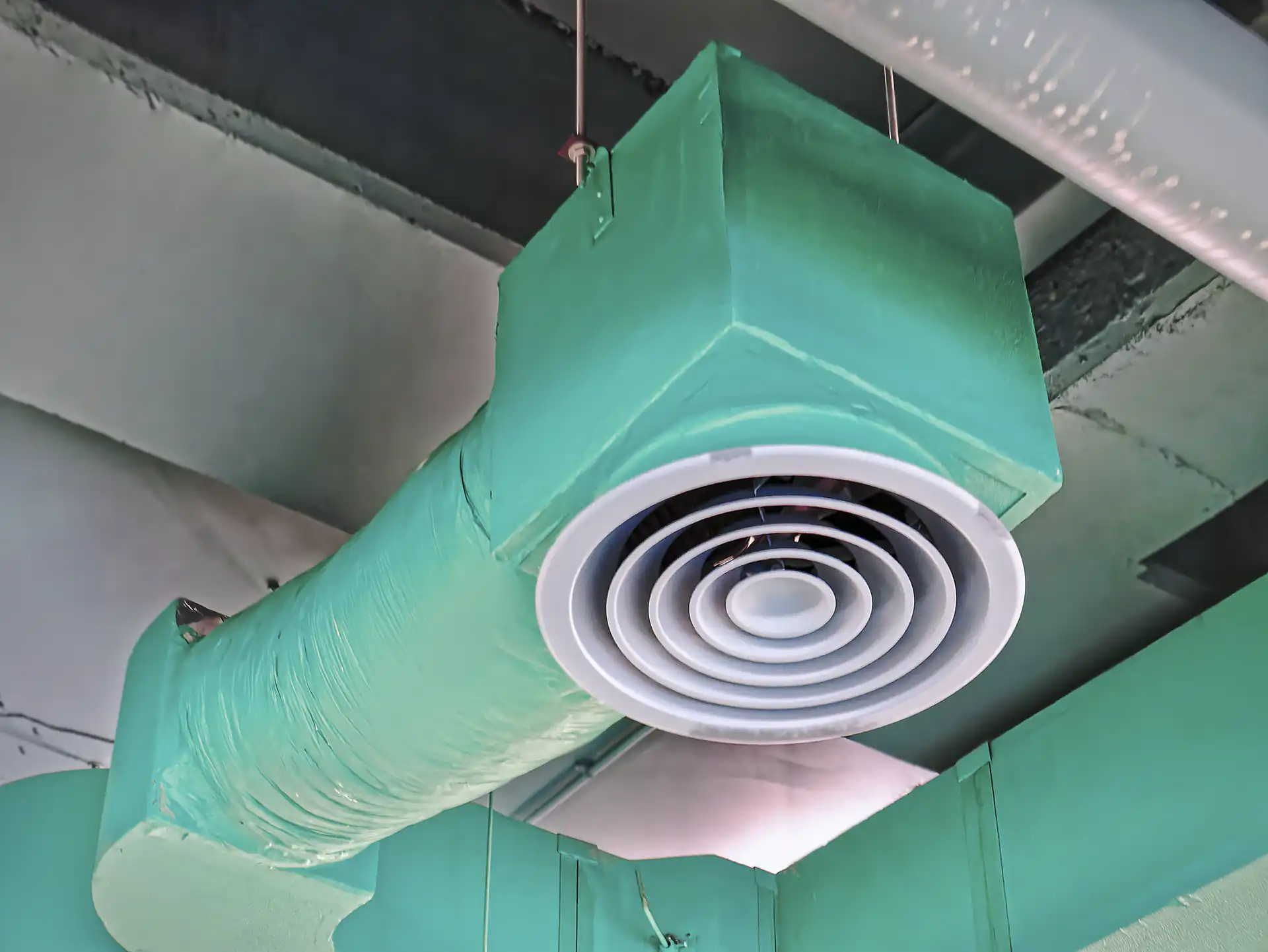
Fig. 8. Industrial HVAC systems use insulated materials to maintain the required temperature The non-insulated variant is recommended for heating/ventilation/air conditioning (HVAC) systems that require a combination of the said processes.
Insulated aluminum is excellent for warm or cold air transfer often seen in cold rooms, refrigeration systems, and heating systems. -
Silicone
Silicone is the best choice for hot air and exhaust gas transfer usually needed in welding, automotive manufacturing, and heating systems.
-
Thermoplastic rubber
For extracting caustic fumes, thermoplastic rubber is the best flexible ducting option because of its excellent resistance to corrosion and abrasion. Industries that often use this type of ductwork involve plastics, chemical processing, and petrochemicals.
The material composition of the flexible hose should depend on the application. The difference in the material can spell the success or failure of its use in your system. *
For instance, high-temperature settings beyond 204°C or 400°F need ductwork made of silicone or stainless steel. These materials are built to withstand extreme temperatures compared to polyurethane (PU) fabric or PVC.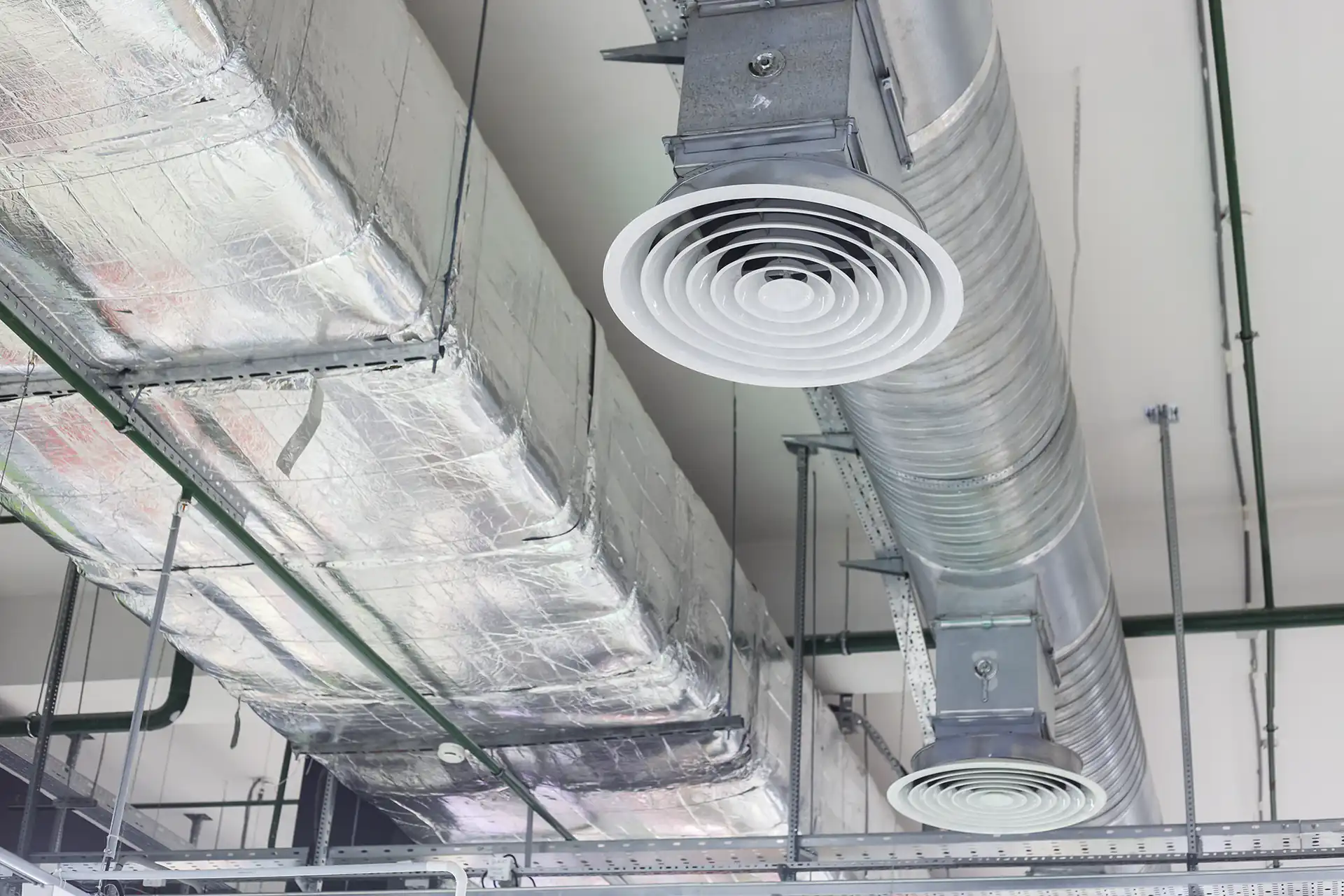
Fig. 9. HVAC applications need flexible ducting for effective air circulation Aside from the material, consider also the type of air transferred and the movement required by the situation, whether it’s positive or negative pressure. For ordinary HVAC applications, negative pressure is needed and temperatures don’t usually exceed 82°C or 180°F, so PVC-based flexible ducting can be an option.
For transferring light dust particulates, you need a material that’s flexible and sturdy. PVCs are durable and flexible, so they’re a great option to consider. For heavy-duty use, neoprene and polyurethane (PU) fabric would be the better choice.Industrial exhaust deals with highly caustic materials, so ductwork made from components impervious to toxic substances is recommended. Silicone and stainless steel are the appropriate choices for flexible ducting in such demanding applications that also involve high temperatures. These materials are flexible, sturdy, and can maintain high performance in extreme environments. A flexible hose with a smooth interior is also extremely useful in managing corrosive chemicals and hot air ducting of fast-flowing steam.
Otego For Your Flexible Ducting Needs
When looking for ductwork for your ventilation system, you need one that’s made of industrial-grade materials and capable of providing efficient airflow. You want a low-maintenance but highly durable system that can withstand extreme temperatures.
Otego is a world leader in technical textile solutions. We export to more than a hundred countries worldwide, providing our clients with top-quality products made from our coating and laminating technologies. We offer a comprehensive portfolio of coated fabrics for flexible ducting and heat insulation applications. We also cater to custom OEM applications wherein clients need specific diameter ranges and wall thicknesses for their system.
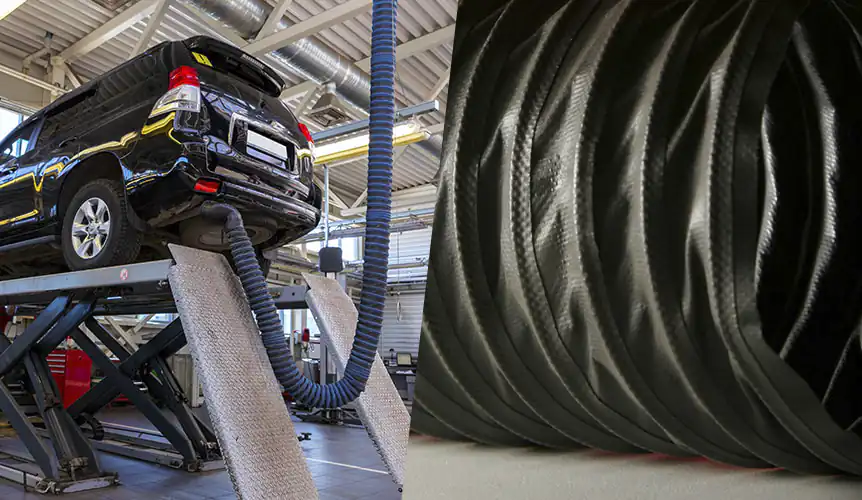
Through our technology, we’ve developed a new range of innovative, weldable fabrics designed to withstand temperatures up to 180°C or 356°F. Our fabrics are excellent for transferring exhaust gas in environments that require PVC/silicone-free materials. Our quality flexible ducting products can be used in an extensive range of applications including industrial blowers, fumes extractors, vehicle exhausts, warehouse heating systems, and ventilation ducts.
OTEGO’s flexible duct solutions are made of flame-retardant materials that pass international standards. Chemical resistance is also essential when it comes to flexible ducting, so we made sure that our products are resistant to ammonia, diesel oils, and mineral oils which are often found in industrial applications.
Contact us if you want to know more about the specifications of our ducting fabric.


